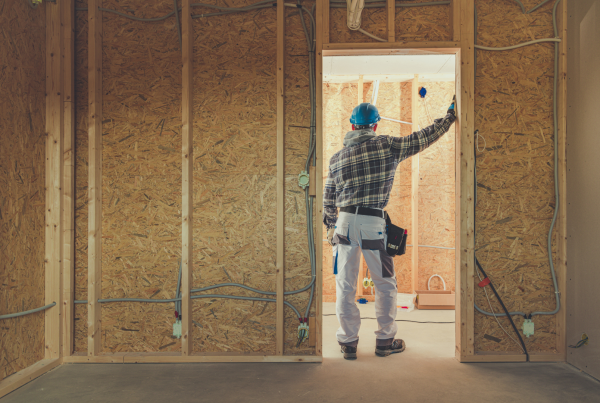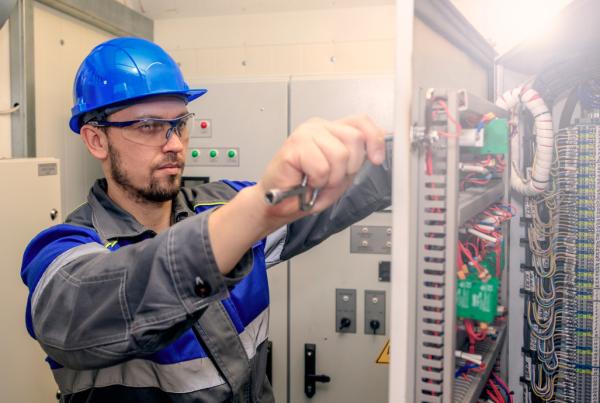Maintenance Recommendations: The Critical Importance of Regular Electrical Maintenance in Industrial and Commercial Facilities
In the world of industrial and commercial facilities, electrical systems form the backbone of operations, powering everything from massive production lines to critical safety systems. Given their pivotal role, the regular maintenance of these systems is not just a regulatory compliance issue but a fundamental operational necessity. Proper electrical maintenance helps prevent a multitude of problems such as overloads, heating issues, outages, and the perils of outdated equipment. The consequences of neglecting these areas can be severe, leading to safety hazards, increased maintenance costs, and inflated energy bills.
Preventing Overloads and Heating Problems
One of the most common issues faced by electrical systems in industrial settings is overloading. Overloading occurs when the demand on an electrical circuit exceeds its capacity, which can lead to overheating and even fires. Regular maintenance checks can identify potential overload situations by ensuring that all circuits are correctly balanced and that no single line is under excessive load. Technicians can redistribute loads or upgrade the system capacity as needed to mitigate these risks.
Heating problems in electrical systems often arise from poor connections, inadequate wiring, or overloaded circuits. These issues can degrade components over time, potentially leading to failure and significant operational disruptions. During routine maintenance, electricians can inspect connections, test the integrity of wires and components, and replace or repair any parts that show signs of deterioration. This proactive approach not only extends the lifespan of the electrical equipment but also enhances safety and efficiency.
Tackling Outages and Ensuring Reliability
Outages in industrial and commercial facilities can lead to significant financial losses, especially if they disrupt production or critical business operations. Regular maintenance is crucial in minimizing unscheduled downtimes. By keeping all components of the electrical system in optimal condition, and by promptly addressing any minor issues before they escalate, facilities can significantly reduce the likelihood of unexpected outages.
Moreover, maintenance teams can use these inspections to improve the system’s reliability. This might include updating wiring and components to meet current standards, implementing redundancy measures, or installing more robust control systems. Such enhancements are particularly critical in facilities that depend on continuous operational availability.
Addressing Outdated Equipment
Industrial and commercial facilities often operate with a mix of old and new technologies. Outdated electrical equipment not only poses increased risks of failure but also tends to be less efficient and more costly to operate. During maintenance reviews, technicians can identify equipment that is either at or nearing the end of its useful life. Upgrading this equipment not only boosts operational efficiency but also aligns with newer safety standards, reducing the risk of accidents and ensuring compliance with current regulations.
Additionally, newer equipment often incorporates advanced technologies that improve energy efficiency. By replacing old, inefficient systems with modern alternatives, facilities can enjoy lower energy consumption and reduced environmental impact. This transition not only cuts operational costs but also supports broader sustainability goals.
Safety Hazards and Regulatory Compliance
Perhaps the most critical aspect of regular electrical maintenance is its role in ensuring safety. Faulty electrical systems can lead to serious hazards, including electric shocks, burns, and fires. Regular maintenance ensures that all safety mechanisms are functional and that protective devices like circuit breakers and ground fault circuit interrupters are operational.
In addition to keeping the workplace safe, regular maintenance helps facilities comply with local and international safety standards and regulations. Compliance not only avoids legal penalties but also enhances the facility’s reputation for safety and reliability, which is crucial for attracting and retaining clients and employees.
Cost Considerations and Energy Efficiency
While regular maintenance involves upfront costs, the long-term savings can be substantial. By preventing major repairs and equipment failures, maintenance reduces the need for expensive emergency interventions and replacements. Additionally, well-maintained systems operate more efficiently, thus lowering energy costs over time. Facilities can also avoid the steep fines and remediation costs associated with compliance failures. In summary, regular electrical maintenance in industrial and commercial facilities is essential for preventing overloads, heating issues, and outages. It helps manage the risks associated with outdated equipment, ensures safety, supports regulatory compliance, and promotes energy efficiency. Investing in routine maintenance not only safeguards the facility’s operational capabilities but also contributes to a healthier bottom line. For facility managers, making electrical maintenance a priority is a strategic decision that pays dividends in safety, efficiency, and cost savings, ultimately driving the success of the business.




